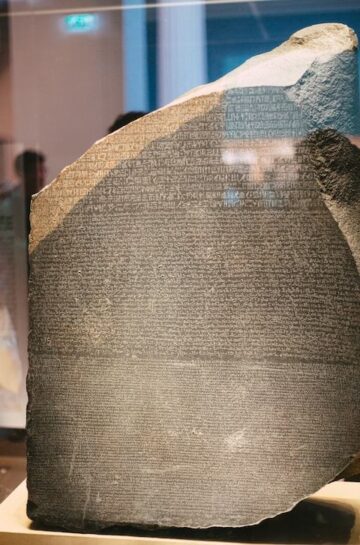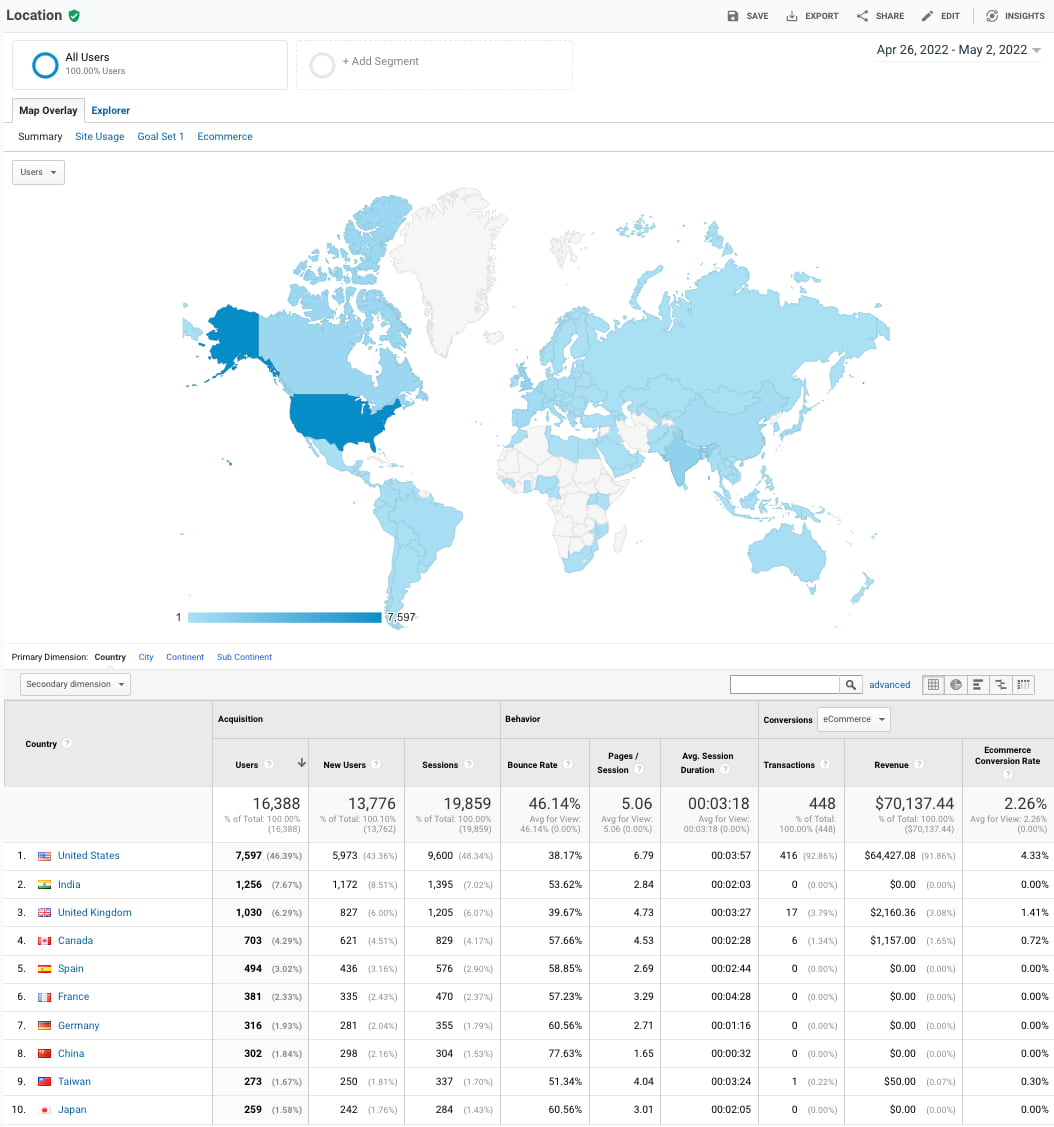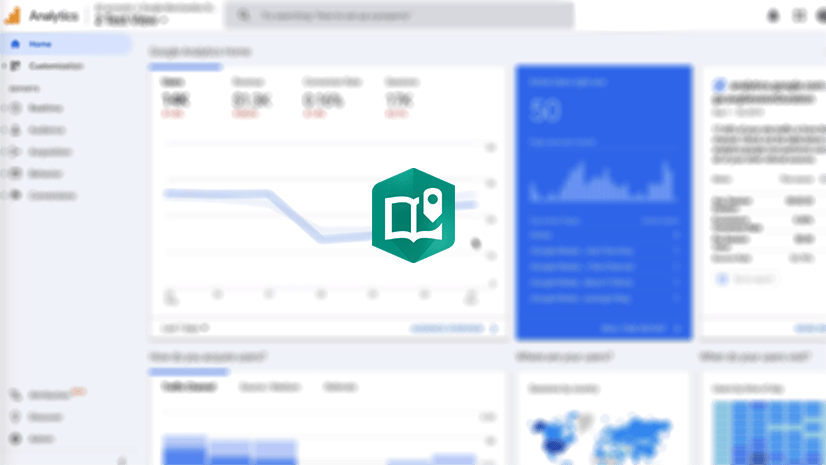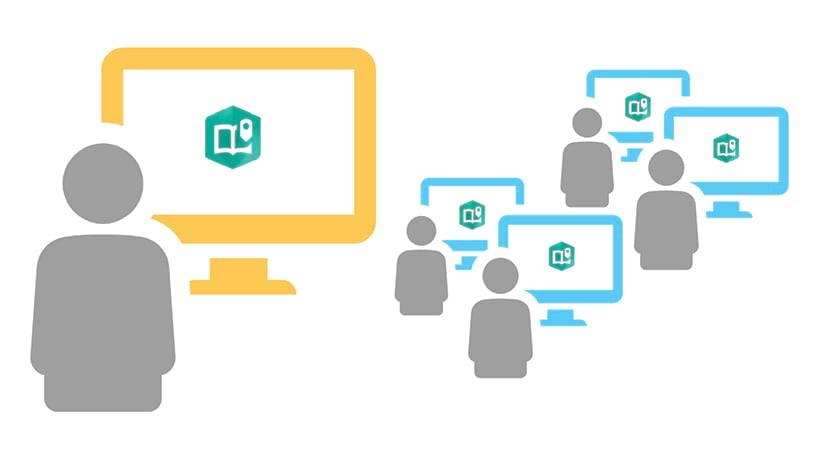ArcGIS StoryMaps is the ideal medium for telling the world about groundbreaking GIS work, highlighting important issues, and sharing solutions to global problems. And speaking of global, consider that, of the 80,000-plus stories created in ArcGIS StoryMaps between January 2020 and June 2021, nearly one in four were from regions other than the United States. More than one in five were in languages other than English!
The takeaway: Limiting your stories to solely English publication deprives them of potential audiences, audiences for whom the information you’re presenting may potentially have a significant impact. It might not be a light lift, but translating stories into languages other than English can be a highly rewarding effort.

Deciding which content to translate
Given the amount of work that goes into translating a story, it may not be prudent to translate every story you or your organization produces into every language (or even just a handful of them). But there are a few considerations that can help you prioritize translation targets.
First, think about the subject matter of any potentially translation-worthy stories. Is the topic something relevant to just a particular part of the world or a large portion of it? Does the story invoke a universal emotional response? If the answer to either or both of those questions is affirmative, then the story could very well benefit from being readable by a wider audience.
The “evergreen-ness” of a story is something to keep in mind, too. Ultimately, there’s no way to automatically “link” an original story with a copy of that story, so any changes to one version would then have to be manually implemented in the other. To avoid having to keep track of that extra work, it might be wise to focus on stories with content that is unlikely to change in the future.
Another aspect to look at is the pre-existing popularity of the story. Google Analytics can be an especially useful tool, if you have it set up (see this blog post for more information about how to use Google Analytics in conjunction with ArcGIS StoryMaps). Google Analytics can not only give you raw view counts, but can also clue you in as to what countries your visitors are reading from. This in turn can give you hints about which language or languages it might be worthwhile to translate your story into.

Preparing to translate a story
Once you’ve got a good idea about which stories would be most ripe for translation, there are some things to watch out for before you dive fully into the translation process.
A big one is whether the story contains any kind of media with written or spoken English—this can include videos, audio clips, infographics, and, of course, web maps with pop-ups. Some of these are more challenging to translate than others. Videos, for instance, can simply be captioned in the translated language. A transcript for audio clips can be linked to or included directly in a story.
It’s the graphics and maps that can be trickier. Don’t let the perfect become the enemy of the good—in an ideal world, you could translate those thousand web map pop-ups, but that just may not be feasible, especially if the map doesn’t belong to you or your organization. Instead, you may need to add a written “legend” explaining the map in a little more detail than perhaps the all-English language version of the story required.
Also, always make sure you know the origin of any multimedia assets in a story queued up for translation—and that you have permission to reuse those assets and to modify them if necessary.

Finding the right translation process
There’s no one size fits all approach to the actual nuts and bolts of translating a story. One important question is how much automation to inject into the process. Running copy through an automatic translation software or application can save some time, but it’s critical that there’s still human oversight when it comes to the results. You’ll want a native speaker of the language to massage the copy into something that reads more naturally to other speakers of that language.
There are technical ArcGIS StoryMaps-related issues that will need to be addressed, too. First and foremost, it’s advisable to duplicate the story to be translated and simply replace the text and relevant assets instead of rebuilding it entirely from scratch. If you’re working on the translation with partners outside your organization, however, you’d need to use shared update groups for inter-organizational collaboration. (Learn more about using groups to collaborate in ArcGIS StoryMaps in this blog post.)
After translation: Making your story seen
Successfully creating a translated version of a story is a good amount of work, but merely translating it isn’t the ultimate goal. You’ll want to do everything you can to ensure the translated story is seen by audiences who speak that language. One step in that direction is to make sure you’ve set the story’s language in the story settings. Doing so helps web browsers and search engines know what to expect, as well as making them more accessible for various assistive technologies like screen readers.
There’s also the question of how to present and market your original story in conjunction with any translated versions. Again, there’s no hard and fast rule here, but it can’t hurt to reference other versions within each copy of the story. Or, in this great example of a set of translated stories, the United Nations High Commissioner for Refugees has put English, Spanish, and French versions of several stories together in one collection.
That collection and other examples of non-English stories can be found and filtered by language in our curated ArcGIS StoryMaps gallery. If you know of or have worked on translated stories, please drop us a line on Twitter @ArcGISStoryMaps and we may add it to the gallery!
______________________________
As you’ve now read, there’s a lot that goes into translating stories in ArcGIS StoryMaps—but the benefits can be exponential. If you have any questions or run into any ArcGIS StoryMaps-related issues while translating a story, please don’t hesitate to use our in-app feedback form. Simply select the Direct product feedback option and use the text field to ask your question or describe your situation.
This post was written with assistance from Cristina Canizares, a global outreach specialist on Esri’s StoryMaps team. Rosetta Stone photo by Matteo Vistocco, via Unsplash.




Article Discussion: